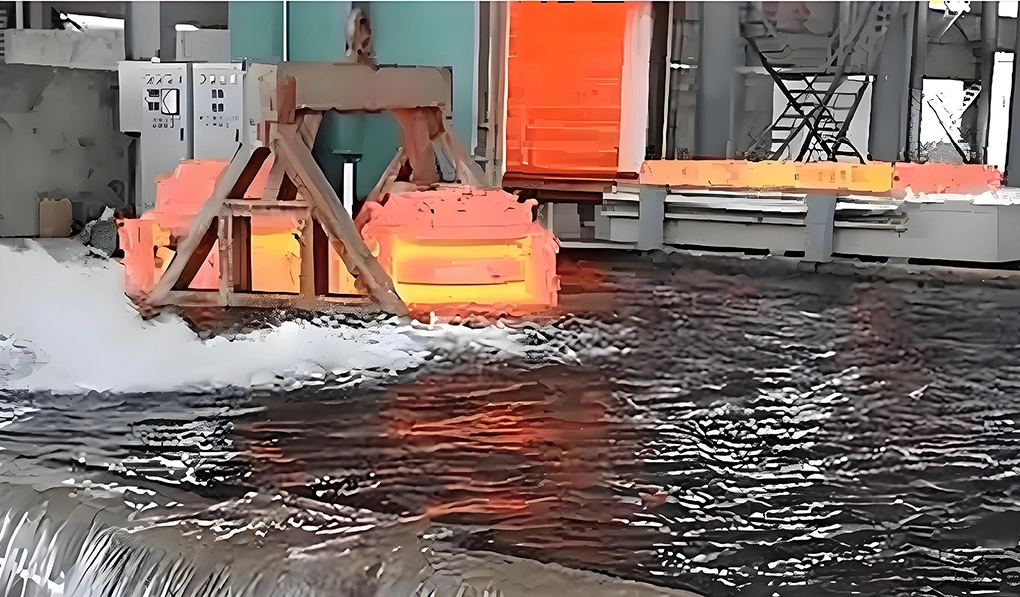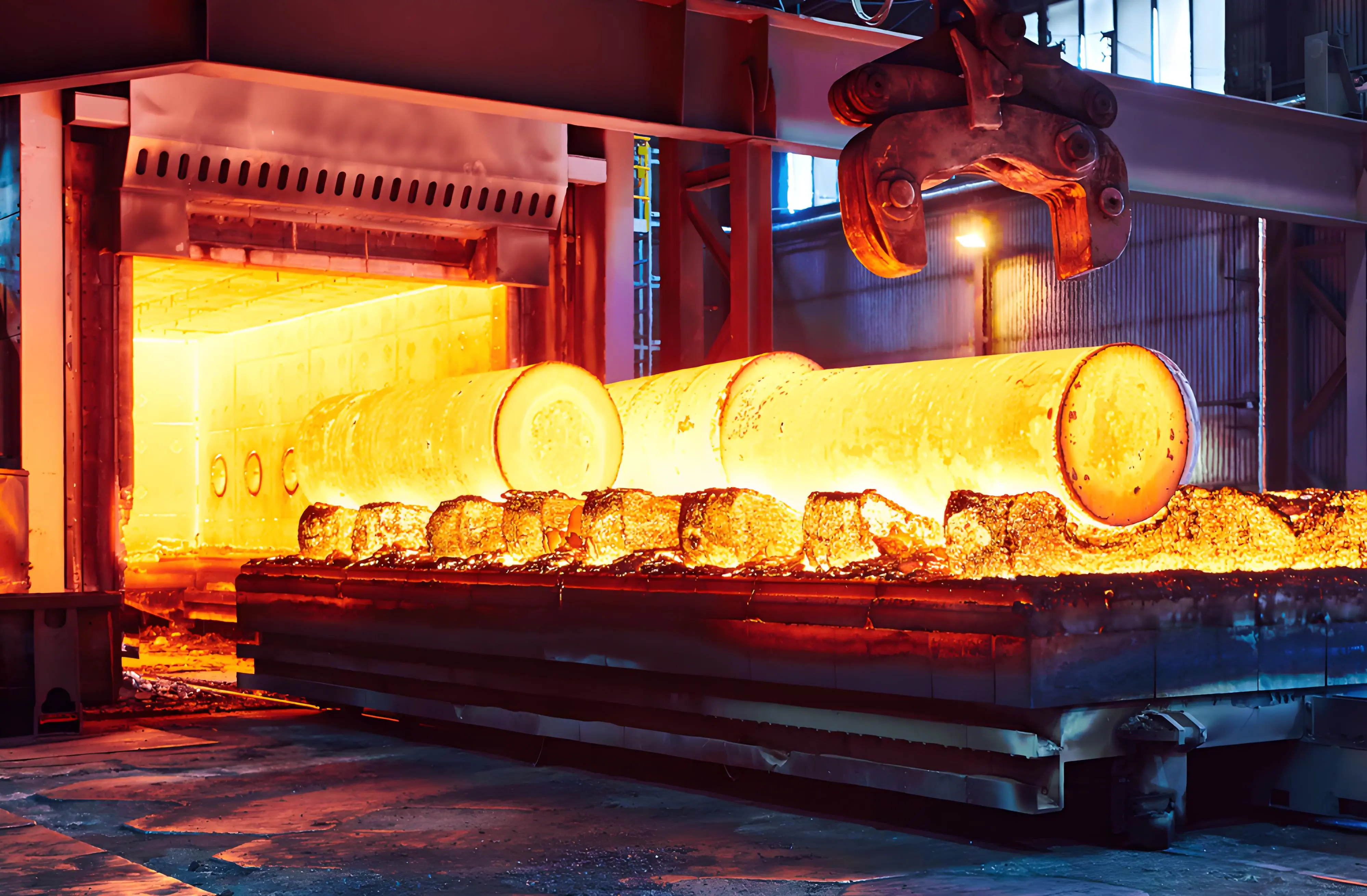The role of heat treatment
The role of heat treatment is to improve the mechanical properties of materials, eliminate residual stress and improve the machinability of metals. According to the different purposes of heat treatment, the heat treatment process can be divided into two categories: preliminary heat treatment and final heat treatment. The purpose of preliminary heat treatment is to improve processing performance, eliminate internal stress and prepare a good metallographic structure for the final heat treatment. The heat treatment process includes annealing, normalizing, aging, quenching and tempering, etc.
Heat treatment annealing and normalizing annealing
Annealing and normalizing Annealing and normalizing are used for hot processed blanks. Carbon steel and alloy steel with a carbon content of more than 0.5% are often annealed to reduce their hardness and easy to cut; carbon steel and alloy steel with a carbon content of less than 0.5% are used to avoid sticking to the tool when the hardness is too low. Instead, normalizing is used. Annealing and normalizing can still refine the grains and uniform structure, preparing for the subsequent heat treatment. Annealing and normalizing are often arranged after the blank is manufactured and before the rough machining.
Heat treatment aging treatment
The aging treatment is mainly used to eliminate the internal stress generated in the blank manufacturing and machining. In order to avoid excessive transportation workload, for parts with general precision, an aging treatment can be arranged before finishing. However, for parts with higher precision requirements (such as the box of a coordinate boring machine, etc.), two or several aging treatment procedures should be arranged. Simple parts are generally not subject to aging treatment. In addition to castings, for some precision parts with poor rigidity (such as precision lead screws), in order to eliminate the internal stress generated during machining and stabilize the machining accuracy of the parts, multiple aging treatments are often arranged between rough machining and semi-finish machining. For some shaft parts processing, aging treatment must be arranged after the straightening process.
Heat treatment and tempering
Quenching and tempering is the high temperature tempering treatment after quenching. It can obtain a uniform and fine tempered sorbite structure to prepare for the reduction of deformation during subsequent surface quenching and nitriding treatments. Therefore, quenching and tempering can also be used as a preliminary heat treatment.
Due to the better comprehensive mechanical properties of the parts after quenching and tempering, some parts with low requirements for hardness and wear resistance can also be used as the final heat treatment process.
 English
English  Deutsch
Deutsch  français
français  русский
русский  فارسی
فارسی  العربية
العربية  Español
Español  日本語
日本語  한국어
한국어  italiano
italiano  português
português  dansk
dansk  Suomi
Suomi 







